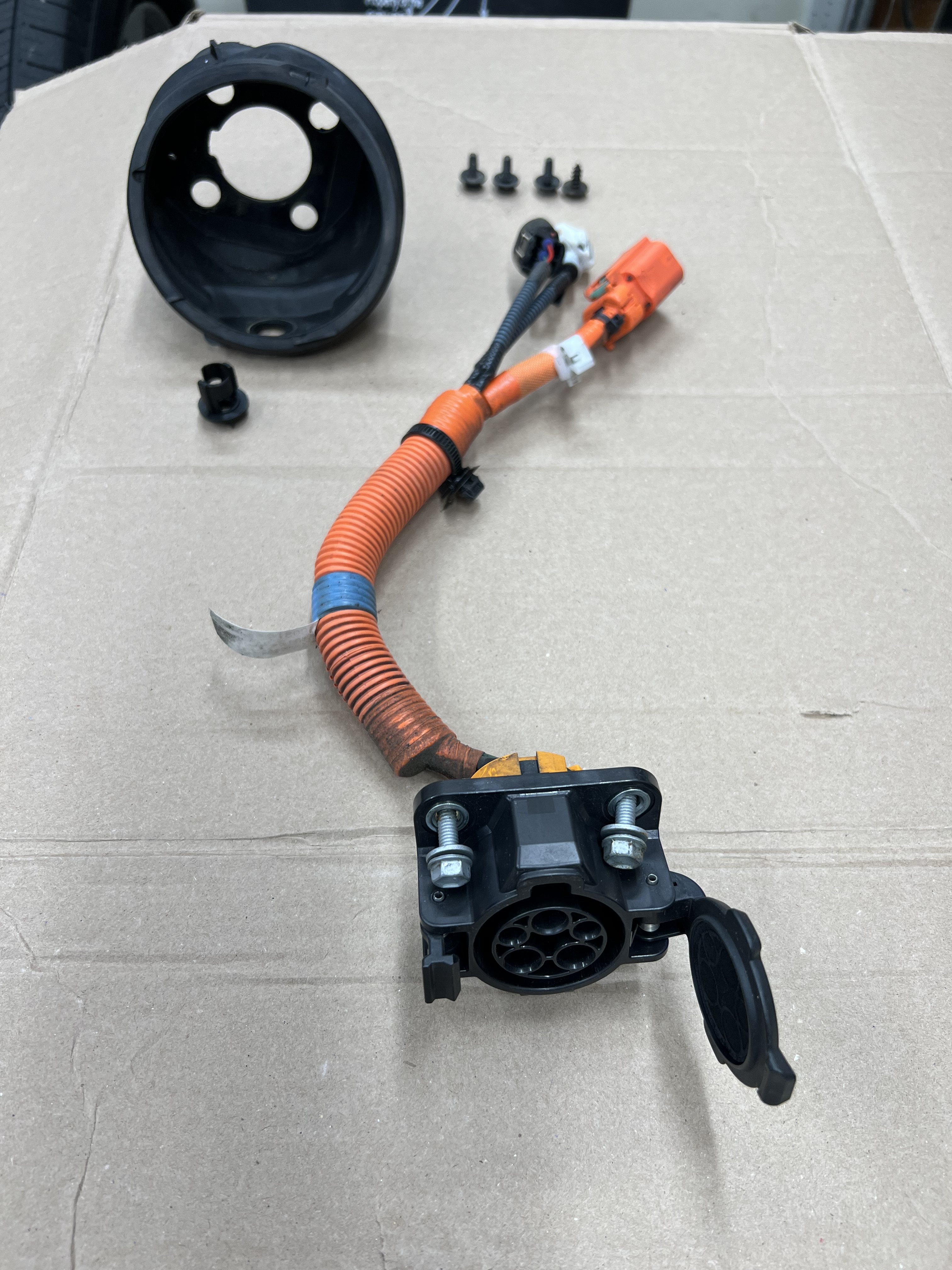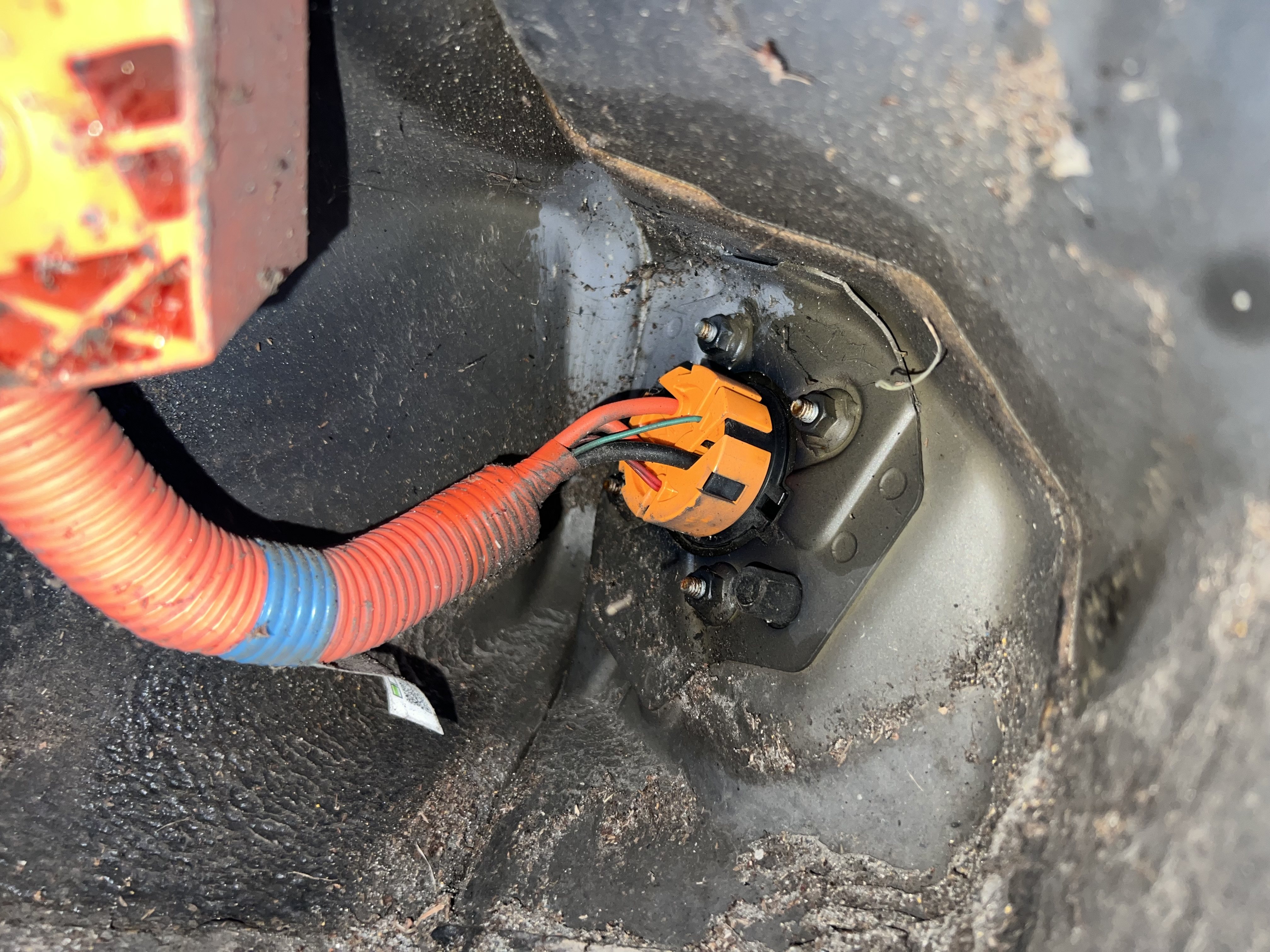Hello,
I'm new to the forum, so a quick introduction. We purchased our 2014 Rav4 off lease from a broker in the Bay Area back in 2017. It now as 96k miles. We adore the car as our around-town run about. It's spacious, basic and always ready for utility. There are at least 3 other Rav4 EVs we've seen running around Portland. One lives just 1/4 mile away, is the same color (silver) and sports aftermarket roof-racks like ours. I'm pretty into cars of many types/origins and DIY oriented, but have no experience with EVs.
In mid-December the car stopped charging and displayed a fault. I tested and found the 12v battery (the original) had failed. So I replaced the 12v battery. This didn't solve the problem.
It sounds like letting the 12v battery go south caused the OBC problems.
From there, I found this forum and started learning.
It's apparent that a failing 12v battery can cause issues with the Tesla powertrain and charging system. And the Tesla system is proprietary, and the OBDII/Toyota systems aren't very integrated into the Tesla system.
Reading the forum threads - we decided to dig in and replace the fuses in the OBC. Thanks to those who have documented this process. Going through that process it's apparent this wasn't designed for serviceability.
The fuses were indeed bad. With replaced fuses, the car sill would not charge, although the symptoms when attempting to charge had now changed.
I contacted Vladimir Leschtchenko for diagnostic assistance. We have tested the plug/cabling, and last week set up the remote diagnostics. His diagnostic work points to a fault in the OBC. I ordered a Tesla Model S Gen 1 OBC from Calimotive. That should arrive today. I plan to remove the charger control board from my current charger and swap that into the replacement Model S charger prior to installation.
I'll follow up once that's complete and report back on results.
These cars are inexpensive (so far at least), basic and have tons of interior room. Perfect for zooming around our little city. So in our case it is worth saving so we can run it as long as it will last.
If other Rav4 EV owners are in the PDX area and wants to share experience or borrow the diagnostic cable/router we have, just reach out.
Thanks to all who have documented their DIY adventures in the forum.
Dan.
I'm new to the forum, so a quick introduction. We purchased our 2014 Rav4 off lease from a broker in the Bay Area back in 2017. It now as 96k miles. We adore the car as our around-town run about. It's spacious, basic and always ready for utility. There are at least 3 other Rav4 EVs we've seen running around Portland. One lives just 1/4 mile away, is the same color (silver) and sports aftermarket roof-racks like ours. I'm pretty into cars of many types/origins and DIY oriented, but have no experience with EVs.
In mid-December the car stopped charging and displayed a fault. I tested and found the 12v battery (the original) had failed. So I replaced the 12v battery. This didn't solve the problem.
It sounds like letting the 12v battery go south caused the OBC problems.
From there, I found this forum and started learning.
It's apparent that a failing 12v battery can cause issues with the Tesla powertrain and charging system. And the Tesla system is proprietary, and the OBDII/Toyota systems aren't very integrated into the Tesla system.
Reading the forum threads - we decided to dig in and replace the fuses in the OBC. Thanks to those who have documented this process. Going through that process it's apparent this wasn't designed for serviceability.
The fuses were indeed bad. With replaced fuses, the car sill would not charge, although the symptoms when attempting to charge had now changed.
I contacted Vladimir Leschtchenko for diagnostic assistance. We have tested the plug/cabling, and last week set up the remote diagnostics. His diagnostic work points to a fault in the OBC. I ordered a Tesla Model S Gen 1 OBC from Calimotive. That should arrive today. I plan to remove the charger control board from my current charger and swap that into the replacement Model S charger prior to installation.
I'll follow up once that's complete and report back on results.
These cars are inexpensive (so far at least), basic and have tons of interior room. Perfect for zooming around our little city. So in our case it is worth saving so we can run it as long as it will last.
If other Rav4 EV owners are in the PDX area and wants to share experience or borrow the diagnostic cable/router we have, just reach out.
Thanks to all who have documented their DIY adventures in the forum.
Dan.









